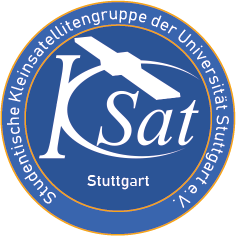MIRKA2-RX (Microreturncapsule2-REXUS) is our first REXUS experiment and we achieved a great success. The REXUS rocket, that is able to reach the "edge" of the atmosphere, gave us the unique opportunity to test our micro re-entry capsule 2 (MIRKA2) during realistic conditions and to qualify it for the application for the CAPE project.
Objectives of the MIRKA2-RX Mission:
Primary:
- Qualify the Low Orbit Technical Unit Separator (LOTUS) capsule sepration system in micro gravity environment.
- Qualify the capsule electrions in spaceflight conditions.
-
Qualify the Iridium communication link.
Secondary:
- Record the aerodynamic behaviour of the capsule during the return to earth.
- Recover the capsule after landing.
The setup of MIRKA2-RX is devided in two autonomous systems, the capsule and the experiment module.
The Capsule:
The shape of the capsule is derived from the ReEntry Breakup Recorder (REBR) developed by NASA and is the smallest re-entry capsule to date. It contains several sensors to measure occurring temperatures, attitude and pressure during return to earth. Furthermore, a GPS-receiver for position data and an Iridium transceiver is used to transmit data to the ground station.
A special feature is the implemented beacon, which is placed in the upper segment of the capsule. It is used to enable a convenient recovery of the capsule after impact and is not planned in the later MIRKA2 capsule of the CAPE mission.
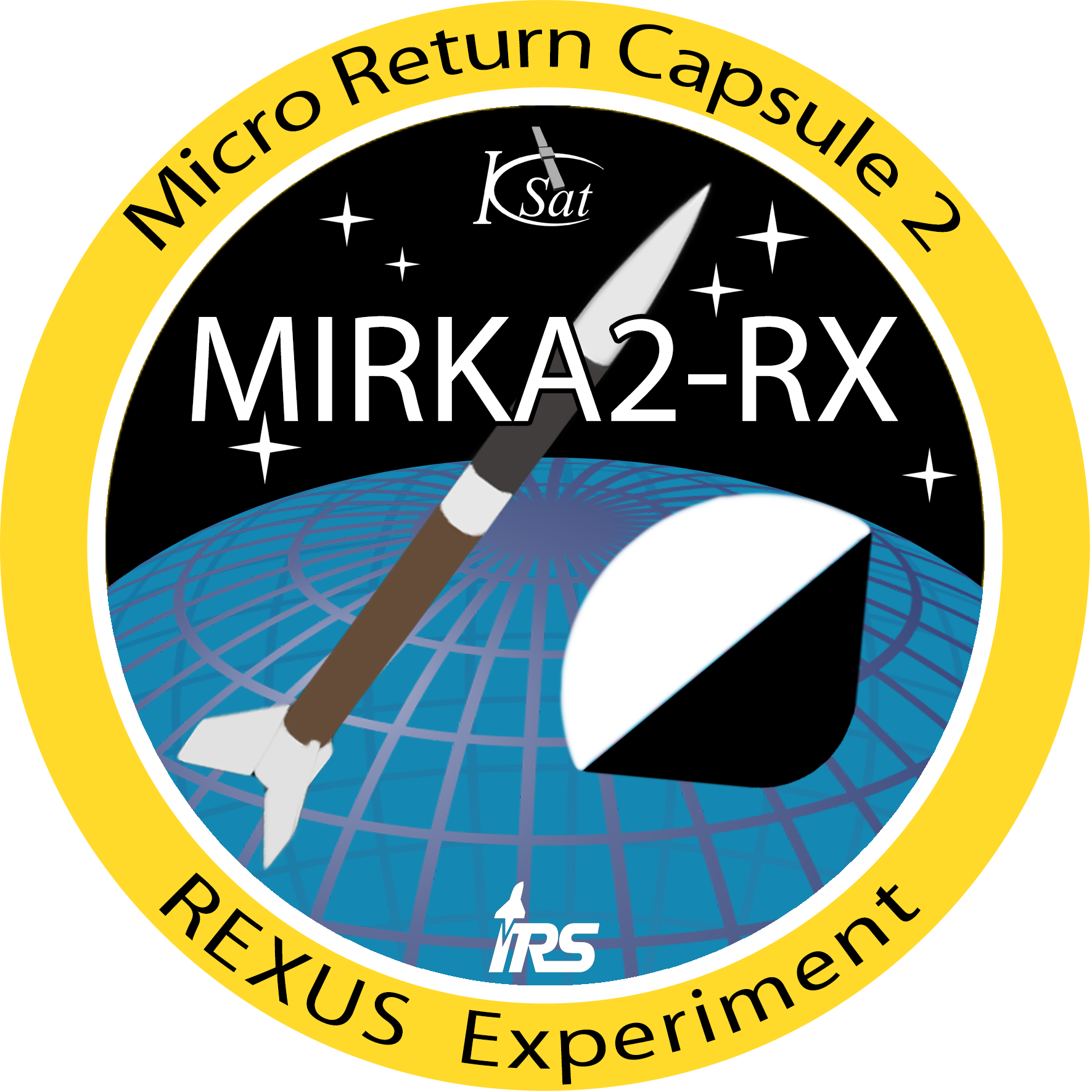
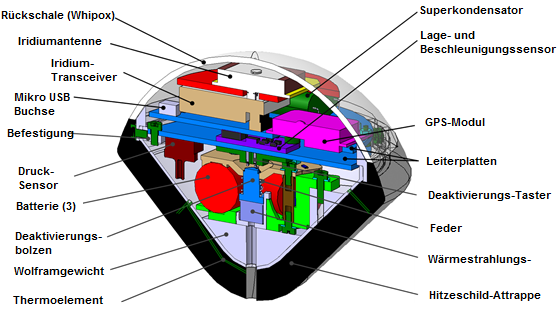
The experiment module:
The experiment is housed within the rocket module, only the ground segment is not part of the rocket. The experiment is segmented in several subsystems.
The separation mechanism LOTUS was developed to ensure that the capsule is safely and deactivated transferred to the ejection point. This separation mechanism fits within one CubeSat Unit (10x10x10 cm3) to be compliant for CubeSat applications. The capsule is secured to a carriage, which is locked in position by using a wire. When the separation is triggered the wire is cutter by using a pyrocutter, which is commonly used device of parachutists.
The electronic box is located behind the separation mechanism. It inhabits the board computer of the experiment (bottom panel), the pyrocutter control board (middle panel) and the mirror system of the capsule electronics (top panel). The mentioned mirror system serves as a redundant data source for comparison and verification purposes of the used electronics in the capsule.
Furthermore, two cameras are located in the experiment module to observe the ejection from different angles. This can be used later on for a separation analysis.
Mission Sequence
After the integration of the capsule into the experiment module and the mating of all modules with the rocket motor, the REXUS 19 rocket was launched on 18.03.2016 at 6:10 MEZ in Kiruna. The detailed mission phases:
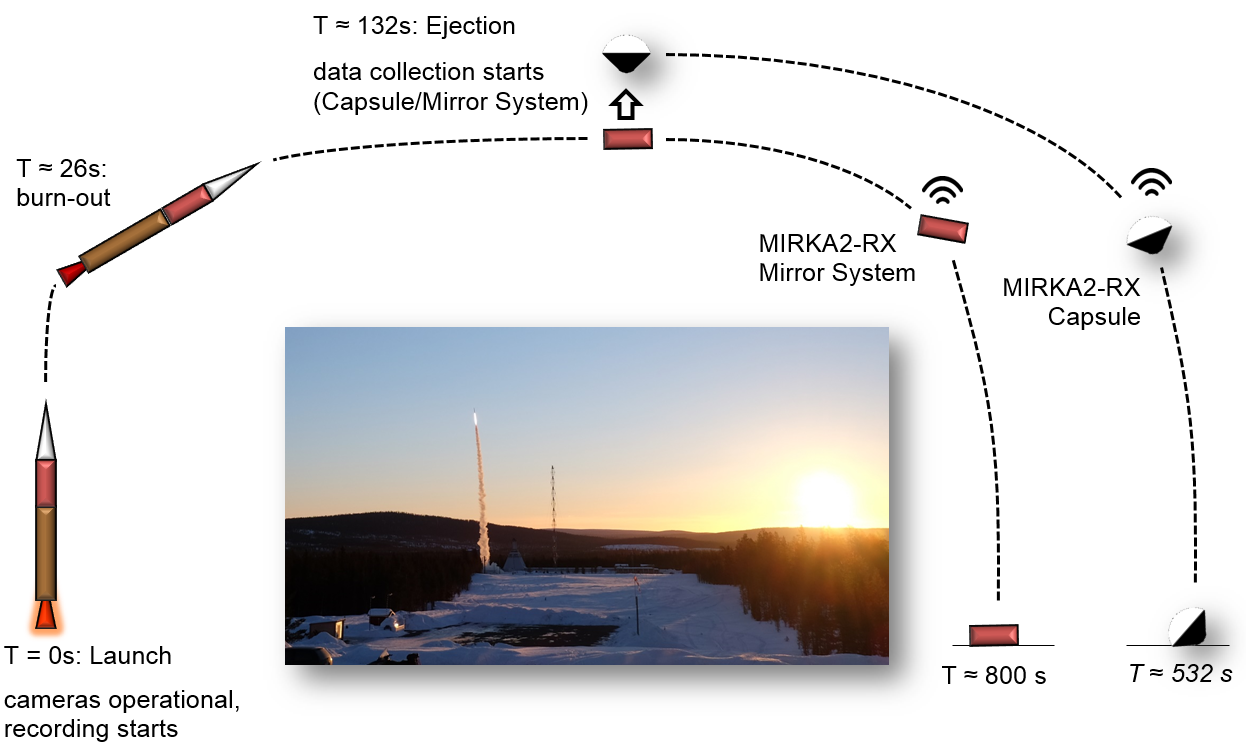
Results
Every primary mission objective was fulfilled and even the recovery of the capsule was possible! A detailed analysis is currently going on.
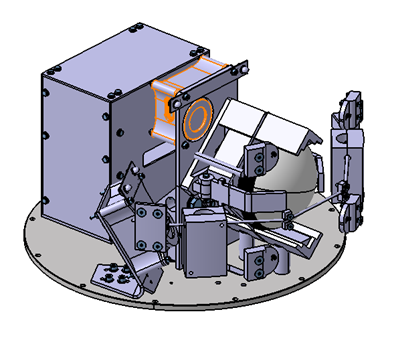
CAD modell of the experiment
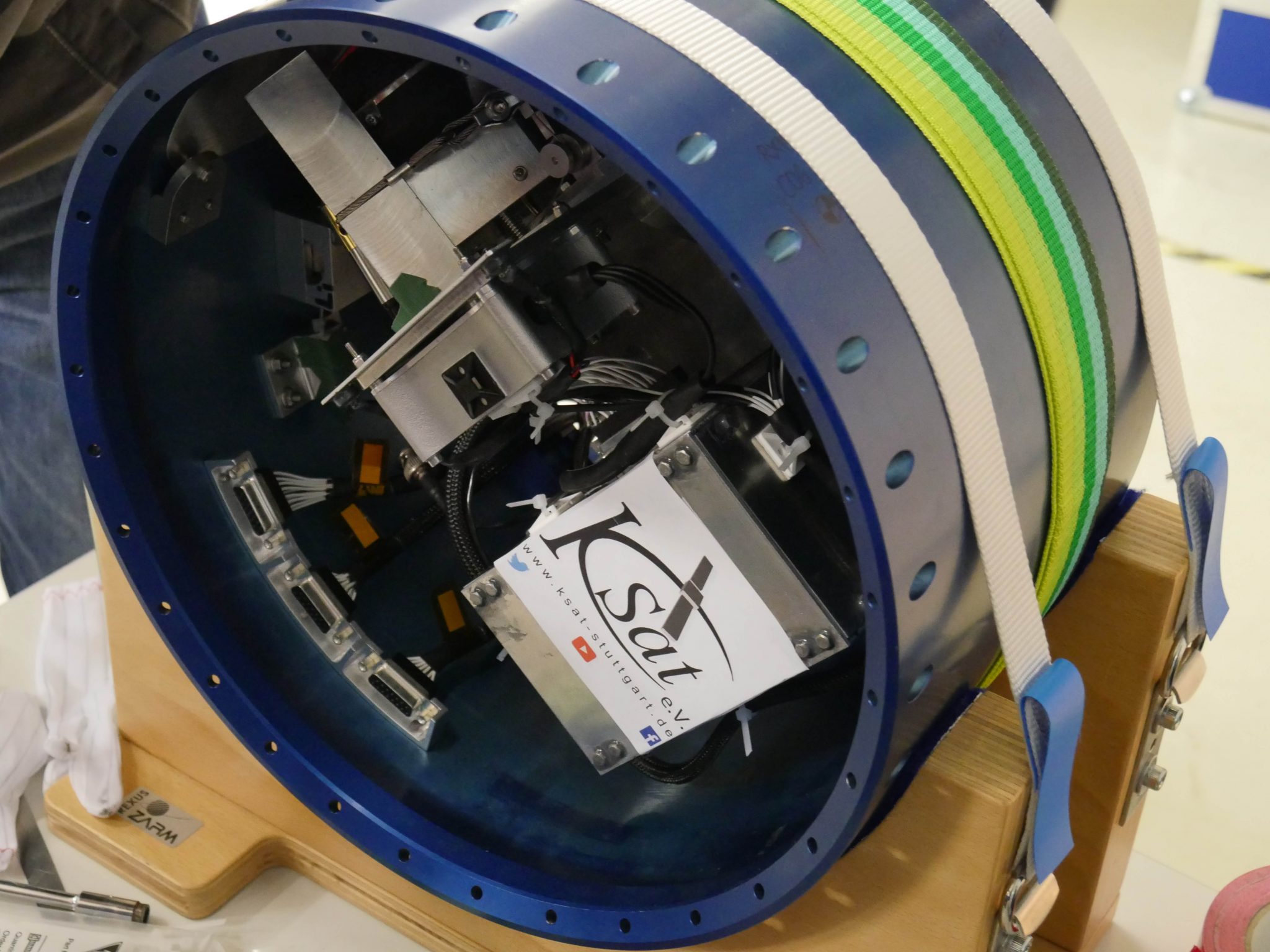
The Experiment in the REXUS Module
The animation shows all scenarios of the MIRKA2-RX Experiment
Results
Every primary mission objective was fulfilled and even the recovery of the capsule was possible! A detailed analysis is currently going on.
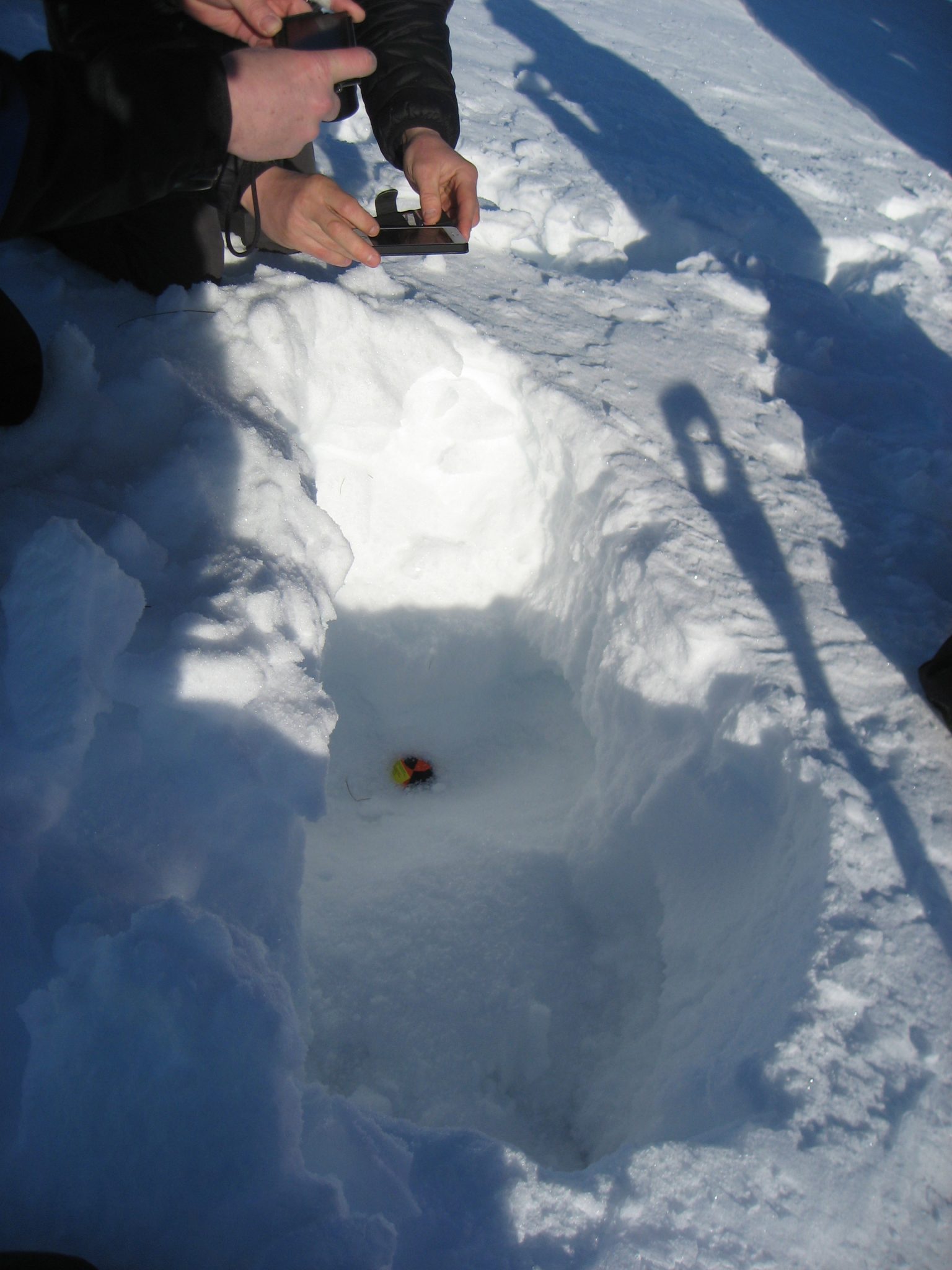
Impact of the capsule
The launch campian of MIRKA2-RX
The Capsule ejection
REXUS/BEXUS Project
The REXUS/BEXUS programme allows students from universities and higher education colleges across Europe to carry out scientific and technological experiments on research rockets and balloons. Each year, two rockets and two balloons are launched, carrying up to 20 experiments designed and built by student teams.
REXUS experiments are launched on an unguided, spin-stabilised rocket powered by an Improved Orion Motor with 290 kg of solid propellant. It is capable of taking 40 kg of student experiment modules to an altitude of approximately 90 km. This enables the teams to conduct experiments in 2 minutes of micro-gravity and space-like conditions. The vehicle has a length of approx. 5.6 m and a body diameter of 35.6 cm.
BEXUS experiments are lifted by a balloon with a volume of 12 000 m³ to a maximum altitude of 30 km, depending on total experiment mass (40-100 kg). The flight duration is 2-5 hours.
The REXUS/BEXUS programme is realised under a bilateral Agency Agreement between the German Aerospace Center (DLR) and the Swedish National Space Board (SNSB). The Swedish share of the payload has been made available to students from other European countries through a collaboration with the European Space Agency (ESA). EuroLaunch, a cooperation between the Esrange Space Center of SSC and the Mobile Rocket Base (MORABA) of DLR, is responsible for the campaign management and operations of the launch vehicles. Experts from DLR, SSC, ZARM and ESA provide technical and organisational support to the student teams throughout the project. REXUS and BEXUS are launched from SSC, Esrange Space Center in northern Sweden.
This program enables students to experience the entire development cycle of a space experiment first hand and thereby is a valuable source of education.
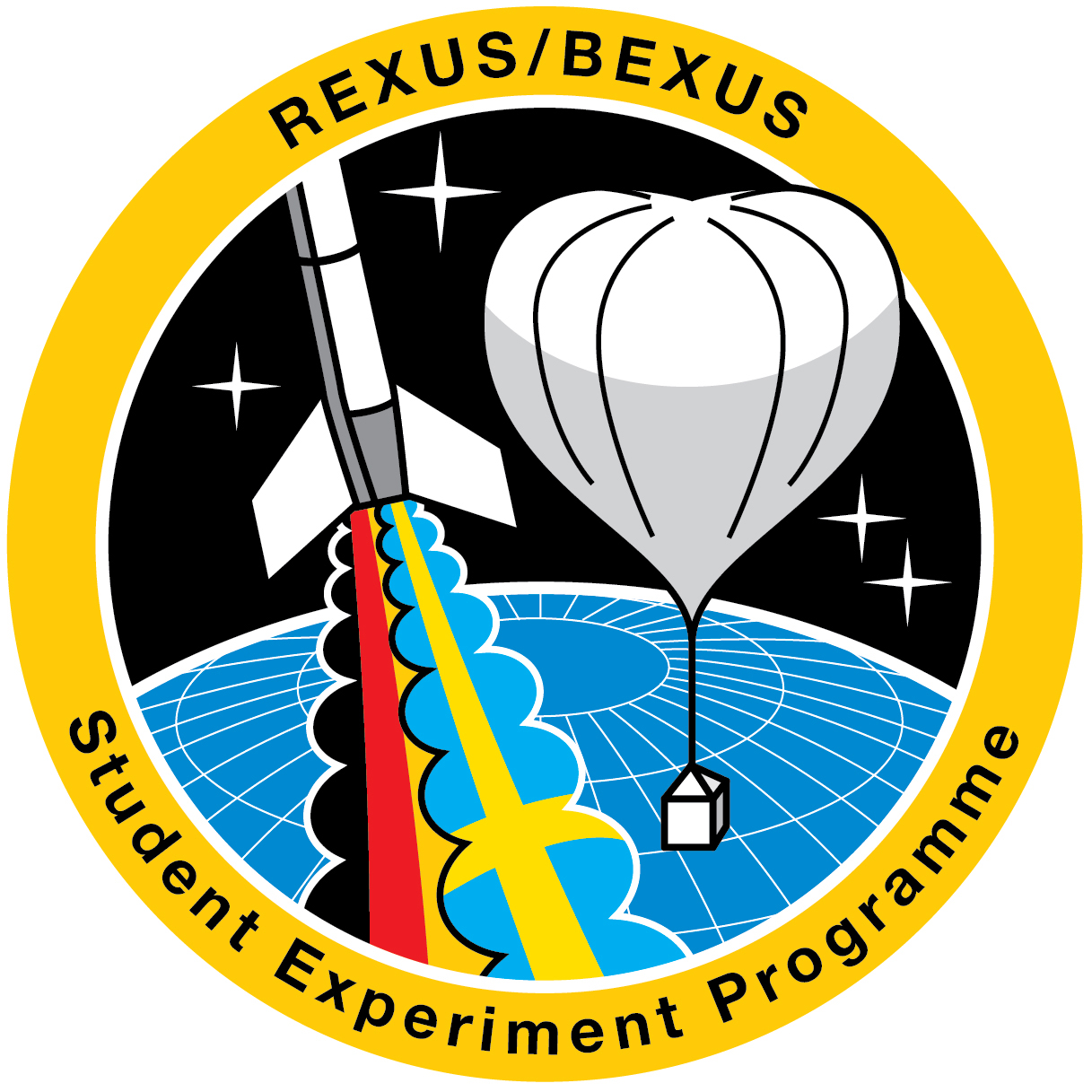
REXUS Partner
DLR e.V.
German Aerospace Center
SNSB
Swedish National Space Board
SSC
Swedisch Space Cooperation, Esrange Space Center
ESA
European Space Agency
Zarm
Center of Applied Space Technology and Microgravity
EuroLaunch
Project Sponsors
Laser Components
Laser Components provided several free thermopiles.
Multiband Antennas
Multiband Antennas provided patch antennas for our satellite transmitters.
ERNI Production
ERNI Production supplied numerous samples from the Micro Stack and Mini Bridge connector series.
Nam Track
To determine the exact position of the capsule after impact, Nam Track manufactured and supplied a specially adapted tracking device.
